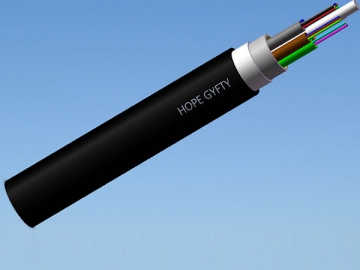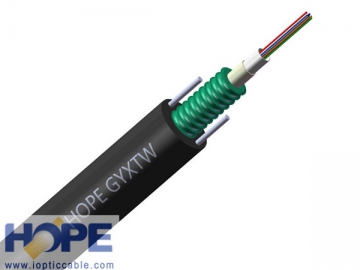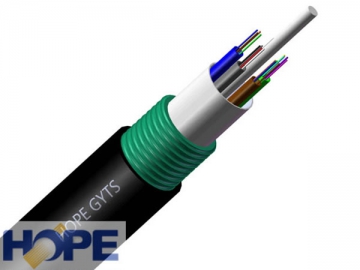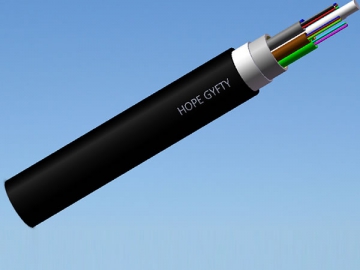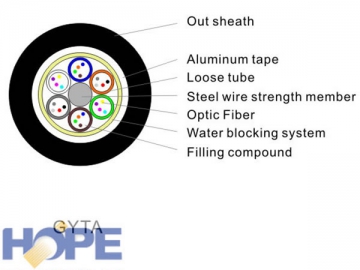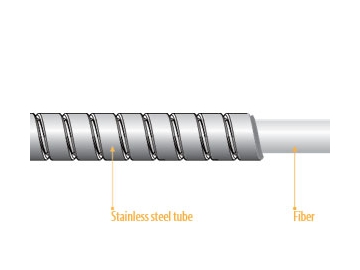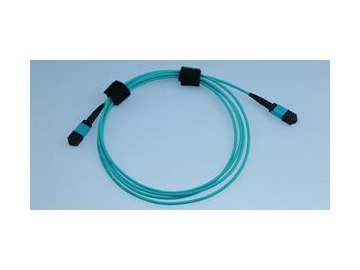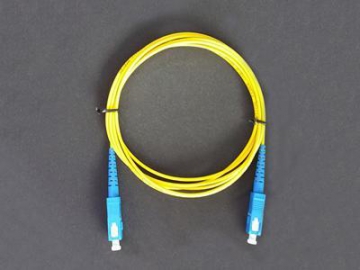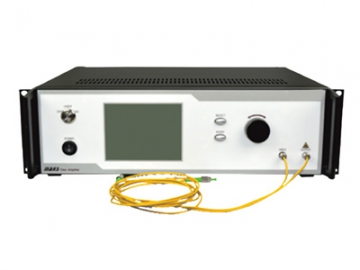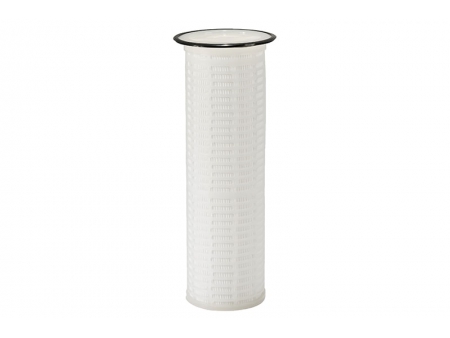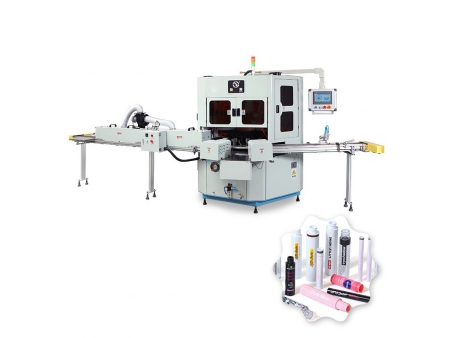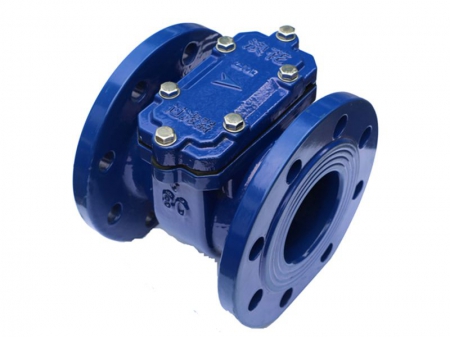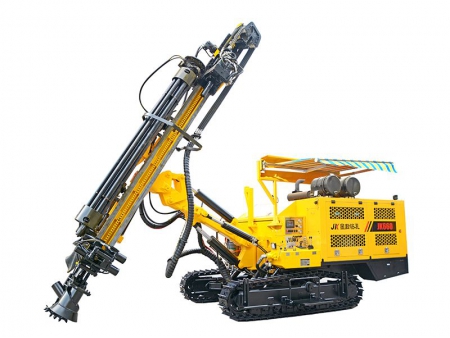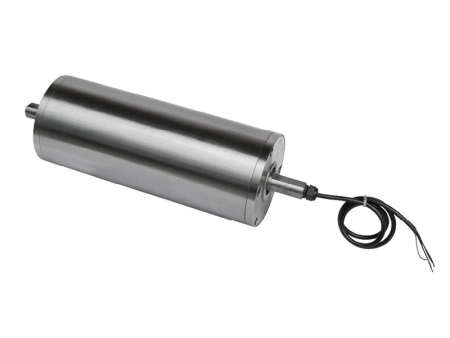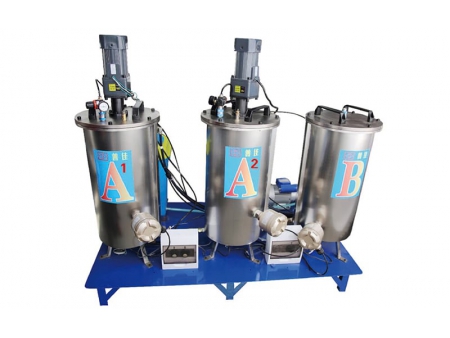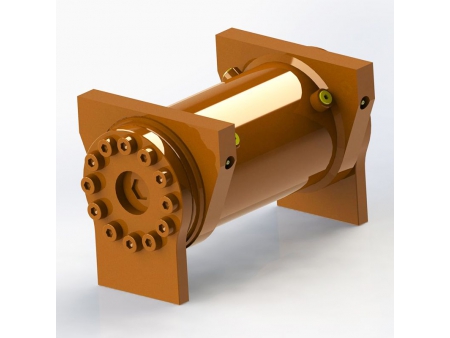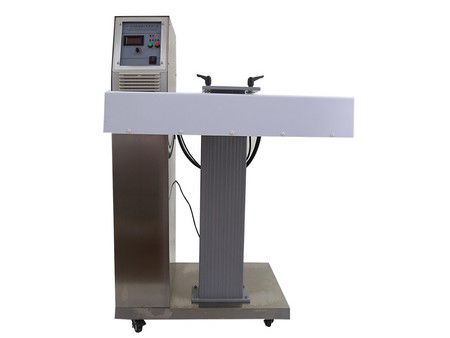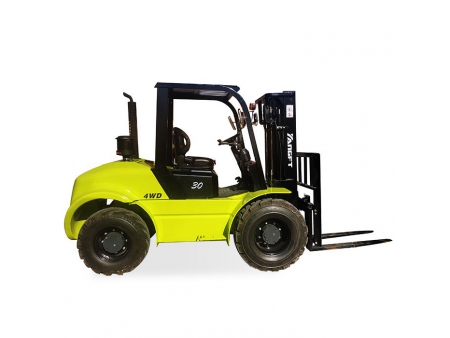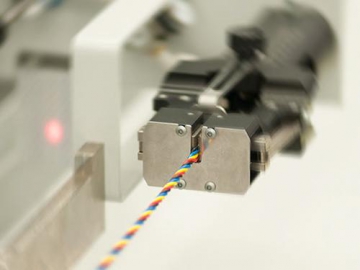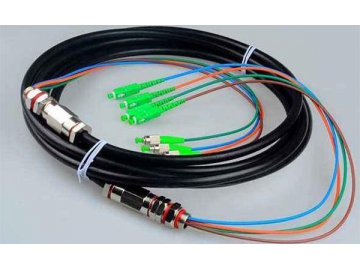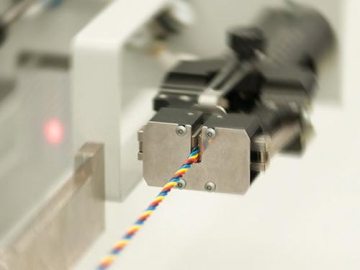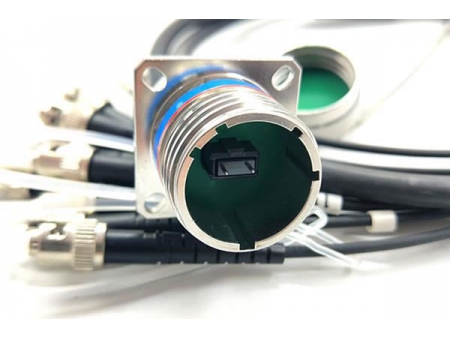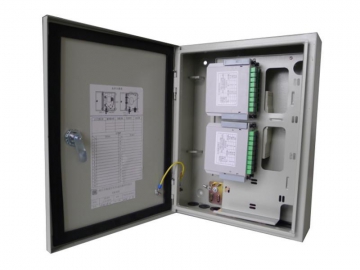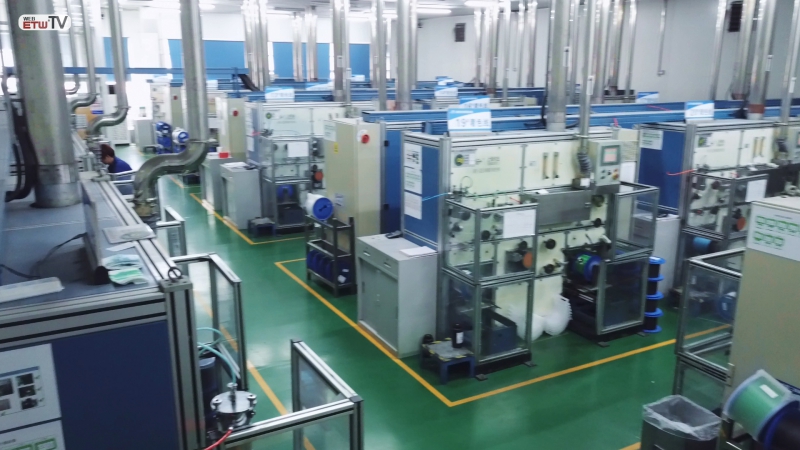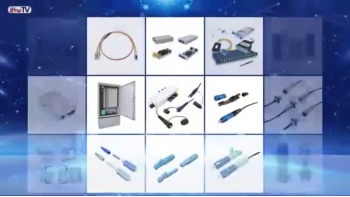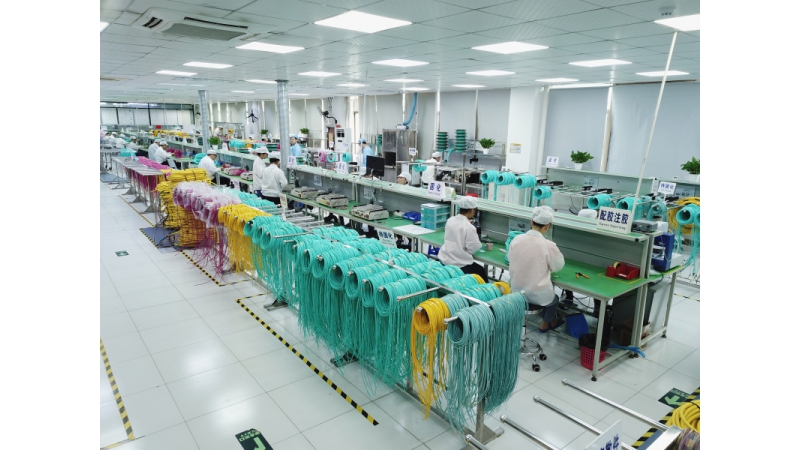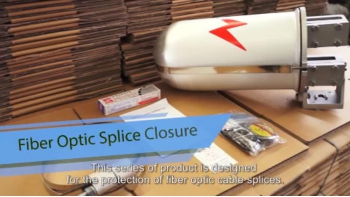Outdoor Fiber Optic Cable
Our pipeline fiber optic cables are intended as an outdoor-to-indoor connecting cable for access networks. The pipeline cables are also used as drop cables for buildings with integrated cabling to connect indoor and outdoor overhead cabling. In urban areas, these outdoor cables are often installed using a method called duct laying, which requires no special cable sheath or armor and may be installed with manual or mechanical traction. The duct can be made of concrete, steel, or plastic.
Aerial fiber optic cables are hung on poles, towers, and other self-supporting structures in varied terrain (though flat terrain is best). Overhead cables, when laid on existing overhead open-wire poles, are fast and save construction costs. These aerial cables are great for long-distance lines of class two or lower and for cable lines of private or sectional networks, though they are more susceptible to environmental conditions than buried or piped fiber optic cables. We offer both catenary and self-supporting overhead cables.
Direct buried fiber optic cables are used for long distance trunk and mostly laid in the wild. Buried cables are laid in ditches and backfilled, which is fast and easy to install and guarantees a long service life. Where digging a ditch is impossible, cables can be combined with overhead cables for a brief space. When laying fiber optic cables, we recommend prefilling the ditch with sand, cement, or another support, carefully guiding in cables, and covering with soil and compacting after laying as soon as possible.
The figure 8 self-supporting cable is waterproof and environmentally-friendly with long-term reliability. Easy to install, the self-supporting cable has low dispersion and is resistance to lightning, thanks to its non-metallic structure. The 8-shaped self-supporting cable is used to resist the effects of lightning in overhead cables.
